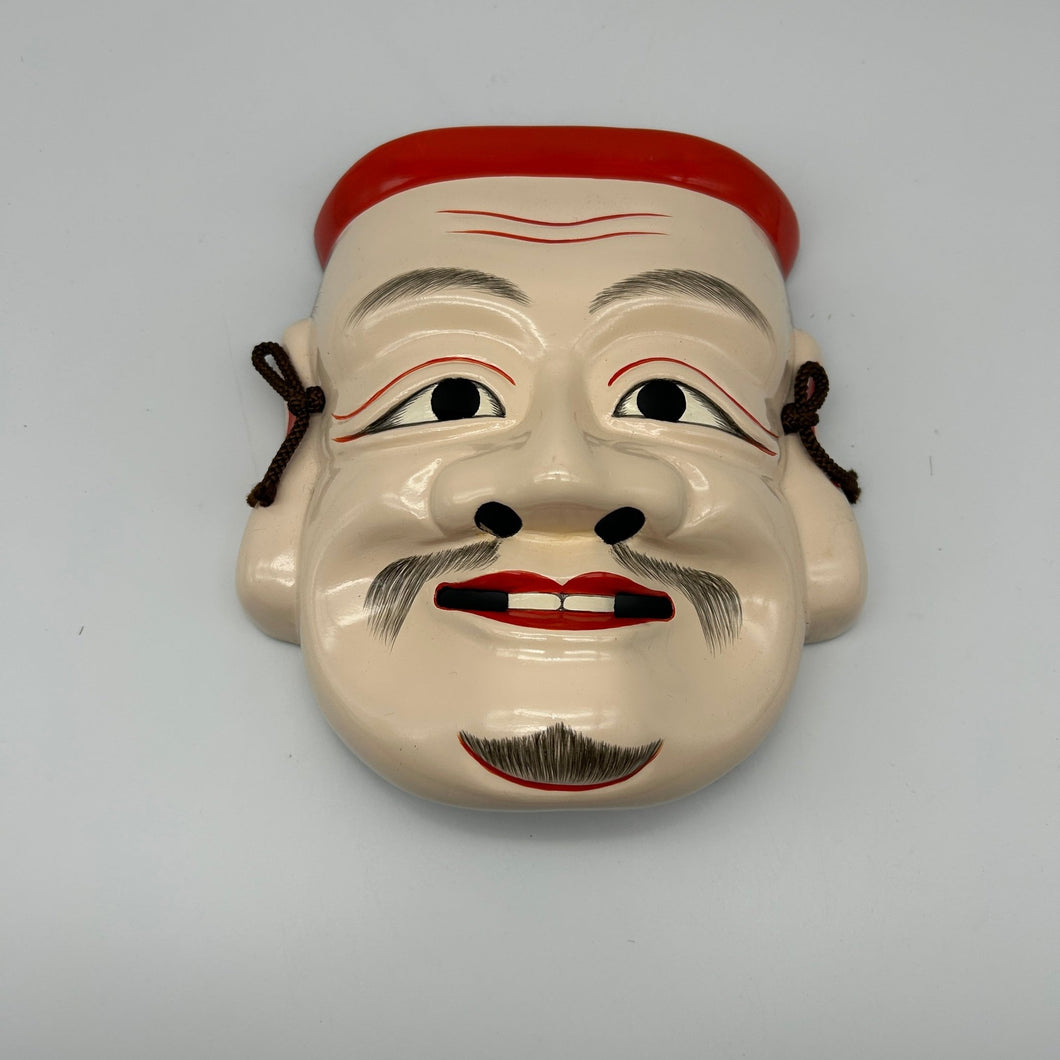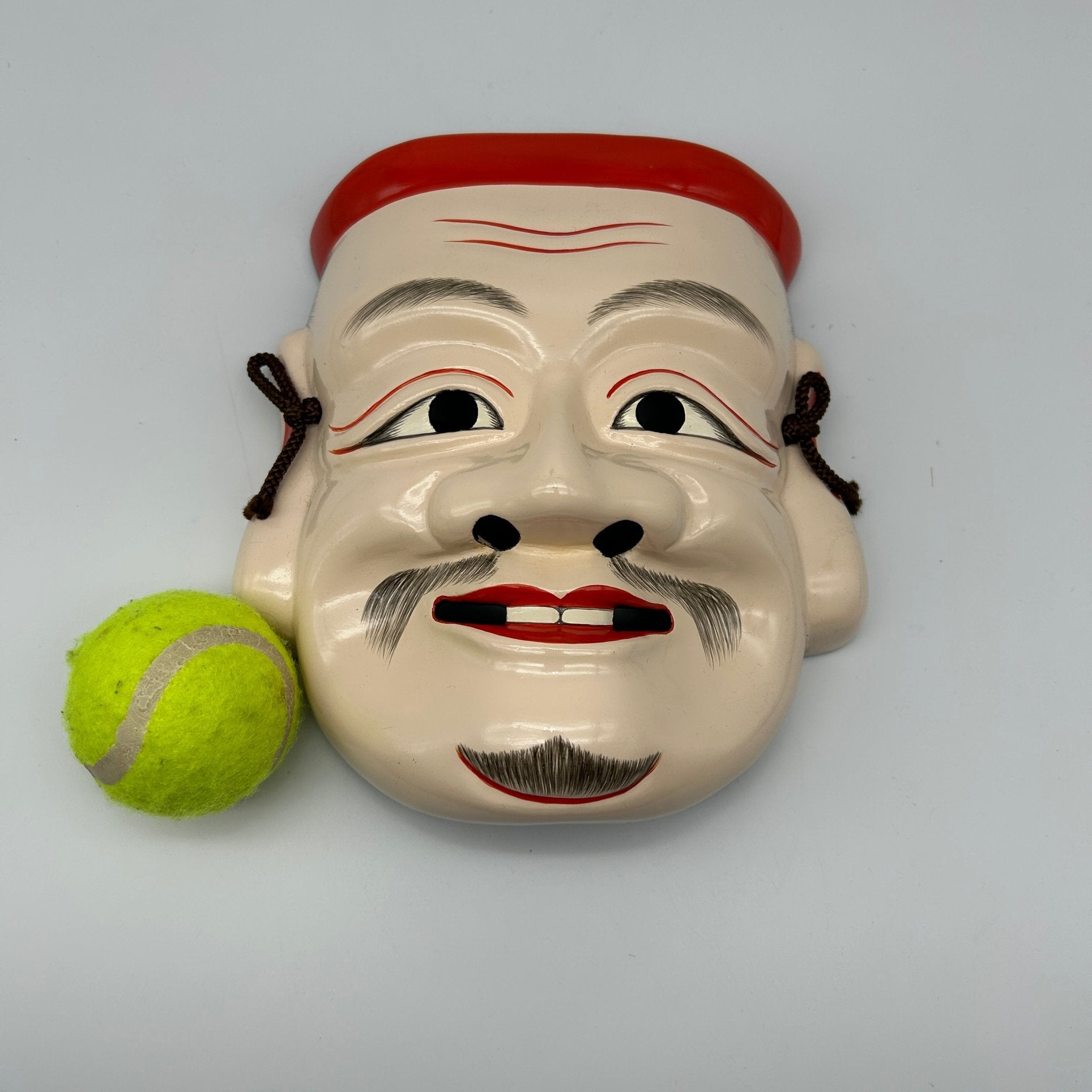The Daikokuten Mask: A Symbol of Wealth and Good Fortune in Japanese Culture
The Daikokuten mask is a captivating artifact deeply rooted in Japanese folklore and religious beliefs. It depicts Daikokuten, one of the Seven Lucky Gods of Japanese mythology, a jovial deity associated with wealth, prosperity, and abundance. This article delves into the history, symbolism, and cultural significance of the Daikokuten mask, exploring its artistic expression and enduring presence in Japanese art and tradition.
Daikokuten, often portrayed as a jovial, robust figure with a large belly and a cheerful smile, is a beloved deity in Japanese culture. His origins can be traced back to the Hindu god Mahakala, a powerful and benevolent deity who bestows blessings upon his devotees. In Japan, Daikokuten evolved into a unique figure, embodying characteristics of both Mahakala and the indigenous Japanese god of agriculture and fertility, Ōkuninushi.

Several distinctive attributes symbolize Daikokuten’s power and blessings:
The Uchide no Kozuchi (Magic Mallet): This treasured possession is believed to grant wishes and produce endless wealth when struck against the ground.

The artistic representation of Daikokuten has evolved over centuries, finding expression in various forms, including sculptures, paintings, and theatrical performances. The Daikokuten mask, however, stands as a unique and powerful form of artistic expression, capturing the essence of the deity in a captivating and enduring manner.
traditional Daikokuten masks are typically crafted using a variety of materials, including:
Wood: A common material for mask making, wood allows for intricate carving and detailed expression.
The techniques employed in mask making are intricate and time-consuming, requiring a high level of skill and artistry. Carving, sculpting, painting, and gilding are among the techniques used to bring the mask to life, imbuing it with the spirit and personality of the deity.
The Daikokuten mask is not merely a decorative object; it carries deep symbolic meaning and is imbued with spiritual significance.
Symbol of Prosperity: The mask serves as a powerful symbol of wealth, abundance, and good fortune. It is believed to bring prosperity to homes and businesses, and to bless individuals with financial success and material abundance.
The Daikokuten mask holds a significant place in Japanese culture, playing a vital role in various aspects of life:
Religious Practices: The mask is used in religious ceremonies and festivals dedicated to Daikokuten, where it is believed to bring blessings and good fortune to the participants.
In the modern world, the Daikokuten mask continues to hold cultural and artistic significance.
Artistic Inspiration: The mask continues to inspire contemporary artists, who draw upon its unique aesthetic and symbolic power in their own creative endeavors.
The Daikokuten mask is a captivating artifact that embodies the essence of a beloved deity and reflects the deep spiritual and cultural values of the Japanese people. Through its intricate artistry, symbolic power, and enduring presence in Japanese culture, the mask continues to inspire and enchant, serving as a reminder of the importance of prosperity, joy, and harmony with the natural world.



